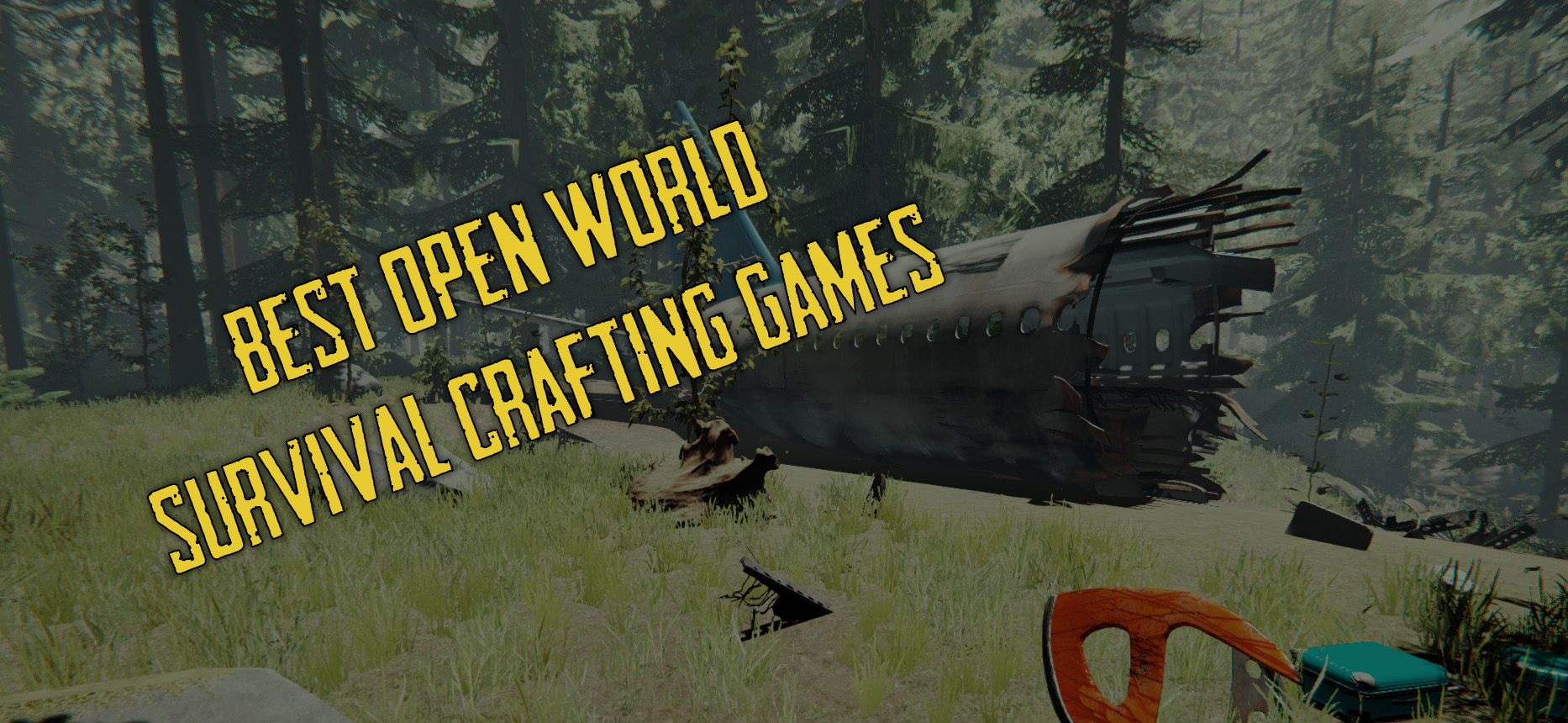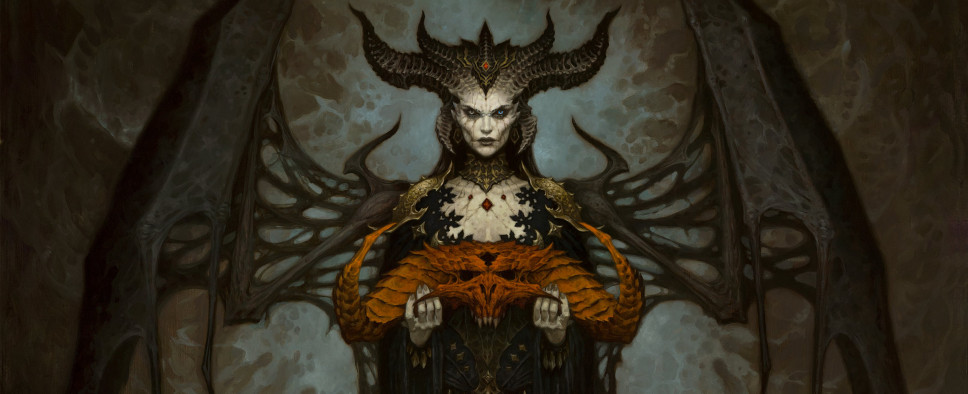System Shock. Deus Ex. Hellgate: London. STALKER. Mass Effect. Borderlands. Fallout 3 & New Vegas. The shooter/RPG genre is one with a long history and a lot of beloved franchises, both new and old. Despite the major differences between many of these titles, it’s been consistently popular for over a decade, and now independent developer Streum On is looking to add their own budget-priced entry into the genre, combining both extensive old-school RPG mechanics with fast-paced co-op shooter gameplay, tinged with MMO design traits. It’s an intriguing proposal, one which sounds as if it might be able to take the best elements of many disparate games and congeal them down into something special, something that could stand along-side the best of the genre.
Unfortunately, that never really happens for E.Y.E: Divine Cybermancy, a game which is as much defined by its bizarre quirks and ambition as it is by its numerous failings. Set in a futuristic 24th-century world with lore so thick it’d take a katana to slice through, the plot revolves around a group known as the Secreta Secretorum, an ancient secret society, who are waging war against the Federation, a massive Earth-born coalition of planets ruled as much by the oppressive regime as by corporate power. Within the Secretorum are two rival cults, the Culters and Jians, who are at much at war with each other as the Federation. Compounding all this is the meta-streumonic force, a mysterious alien race which is able to manifest the emotions and thoughts of humans into vicious monsters, which themselves devastate many planets. Suffice is to say, it’s fairly complicated, but it’s also refreshing that the game makes no apology for those complexities. Unfortunately, E.Y.E doesn’t do a great job of teaching you exactly who all these factions are, why they’re allies or enemies, or why you should care about any of them… lengthy historical texts help set things up a bit better, but even then it’s hard to shake the feeling you’re constantly flying half-blind.
Beyond the poor storytelling, though, the game initially makes a strong impression. Combining moody noir cyberpunk with Japanese art influences and character designs, it’s got a definite sense of style that goes beyond its humble indie studio origins, with some occasionally excellent artistry to back up the same version of Source that powered Portal 2 from a few months ago. This positive impression continues upon character creation, when you’re presented with a long character sheet containing a large array of different statistics, determined in part by random die rolls and a selection of genes that make up your avatar. There are more stats, skills, and abilities available than most other shooter-RPGs, and even some full-fledged traditional RPGs, and the potential this provides for diverse gameplay is something that the game constantly tempts and teases at.
Gameplay takes on a typical mission-based structure, broken up by time spent in the Temple HQ, which serves as a hub where side-missions, stores and upgrades can all be accessed. When it comes time to get into the game, you’ll find your avatar deposited at a drop zone somewhere in a level, provided some orders, and then thrown in blind to accomplish them. Levels are typically extremely large, featuring non-linear pathways, extensive sewer and tunnel systems underneath, vents to sneak through, multiple floors in various buildings, roofs to jump atop, etc. In some senses it feels like a less-structured, more open version of what Deus Ex offered a decade ago, and while it could do a better job of highlighting certain routes (there’s no map to speak of, and sometimes layouts get extremely confusing), the lack of hand-holding is, once again, refreshing.
In another nod to Deus Ex, at several points throughout the story missions, you’ll be called upon to choose your own objectives, in order to play to your character’s strengths. If you’ve specialised in hacking, then you may well be able to use that ability to accomplish a mission accordingly. If you want to go for a frontal assault, you can simply kick down the doors and blow the head off of a bandit leader, while if you’re the type to specialise in subterfuge, you can infiltrate them and run errands in order to gain access with the commander. These decisions are much appreciated, and add a degree of replayability, as well as chaos when you inevitably screw something up. Not all paths are created equally, either, so this game of Russian Roulette works both ways. The only real unfortunate thing here is that there simply isn’t enough of it.
Despite the heavy RPG focus of the design, much of the game is spent in combat, whether that’s dropping foes with assault rifles, sniping from a distance, cutting them up with swords, popping headshots with pistols, or mowing them down with miniguns. The selection of weapons is wide, and they’re all varied well in terms of feel and effectiveness. Equipment is balanced by weight, with a grid-based inventory ensuring that you can only take as much as you can hold on you, and traveling light will carry the benefit of increased movement speed, something that shouldn’t be taken for granted in chaotic firefights or while running from hordes of enemies. The equipment system is one major strength of the game, and it goes a long way to making different play-styles feel unique. The uniqueness of one’s play-style is reinforced by stats, which factor into combat. Accuracy determines ranged damage bonuses and armour penetration, for instance, while Strength and Agility affect melee damage and attack speed. While more stats geared directly towards combat or certain types of weapons would have been nice, what’s here is functional, and balanced by a wider selection of mobility and non-combat skills.
The problem, predictably, is that with so many elements in the pot,
E.Y.E never really comes together in a coherent sort of way. The issues with
E.Y.E are so numerous and so pervasive, that it’s honestly very difficult to decide where to start, but they crop up early and never relent. There’s no easy way to say it: this game is broken. Maybe not to the point of it being unplayable (on the contrary, at times it can be a lot of fun), but it’s hard to believe it was deemed acceptable to release in this state.
The most obvious problem the game has is poor communication. Put simply, E.Y.E is terrible about presenting information, whether that’s critical mission details, storyline elements, or even basic tutorials. For instance, jumping into the game, all you get are a set of poorly-subtitled videos; these are either overcomplicated or completely useless, yet you’ll have to rely on them to understand many of the game’s basic elements. Others, like how gaining experience functions, the nuances of the surprisingly involved hacking minigame, or the details of the research system, are left unexplained. At its worst, E.Y.E will outright contradict itself, such as in one mission where I was told to “get the hell out of here”, yet it was only after running back to the drop zone that I realised the game actually wanted me to stand exactly where I was and protect the same NPC who gave me the instruction to run, who ended up dying shortly after. In a nice move, the game didn’t just fail the mission, but instead let me continue without him… until he inexplicably reappeared in the next mission, anyway.
Another related problem is poor visual feedback – save for obvious sounds and HUD elements to indicate bleeding, most messages appear in a small log in the top-left corner of the screen, but the only indication of an arm or leg injury can often disappear just as quickly as it comes, leading to awkward deaths when suddenly one’s avatar can’t run as fast or shoot as accurately as a moment before. And while I mean no disrespect to the developers, the English translation from the team’s native French is extremely rough at times, which contributes much to the difficulty with which the game’s story and lore are presented with. Hiring on a professional translator would have gone a long way to correct the game’s interface and communication problems.
When it comes to gameplay, E.Y.E is also extremely unbalanced, with tons of mechanics that never mesh into the core game design or construction of the missions and levels. It has many non-combat skills, from Medicine, to Psi, to Hacking, and yet it’s also an extremely combat-focused game – it’s rare to get more than a few second’s peace as you explore the environment, as waves of continually-respawning enemies attack with annoying frequency, making even sitting down to use the skills you’ve put effort into building difficult. Stealth is held up as a genuine option, only for it to turn out useless as the near-psychic AI seeks your character out from halfway across the map, with the main exception being the cloaking skill, which makes sneaking almost trivially easy. It throws up the pretense of choice and consequence in its mission objectives and level design, only for the game to forget your prior choices; at one point my commanding officer offered hearty congratulations on my success last mission, even though I’d directly gone against existing orders and consorted with the enemy.
Then there’s the more specific, minute-to-minute problems. Although you’ve got dozens upon dozens of stats to level up, you only get a paltry 3 points to spend every level, and it’s rare to feel as if you’re making real progress due to how minor the bonuses given are, requiring a dozen hours of investment just to feel like your character is taking a more defined shape. You’ll frequently become trapped in corners and hallways by the enemy soldiers you’ve mind-controlled into being your allies, or by your summoned clones. At default values, enemy respawn rates are so quick that it’s not uncommon to be attacked by a full battalion of them a few seconds after clearing the room they ambush you from (thankfully, this can be mostly fixed in the options menu). Quitting and reloading a mission will cause certain objectives you’ve accomplished to be forgotten, while others are remembered, but not the specific circumstances of the level, so if you spent half an hour hacking your way through sentry turrets, only to have to quit and come back later, well, I hope you enjoy spawning surrounded by dozens of hostiles. Perhaps worst of all, there are pervasive scripting issues in many of the missions, meaning that it often isn’t able to properly accommodate the same open-ended gameplay it revels in. I could go on, but I think that paints a picture of enough frustrations to get the point across.
Despite all these issues, E.Y.E does have its strong points, and I think they’re strong enough to the point where many are going to overlook its flaws anyway, simply because some of its ideas are so good, and there are so few games like this on the market right now. S.T.A.L.K.E.R. is the most obvious parallel: a shooter/RPG hybrid that was released in a near-broken state, but ended up going on to achieve a lot of success due much in part to its dedicated fan and modding community, so much so that two follow-ups ended up securing the franchise’s success. While I’m not saying E.Y.E is going to reach the same status, it has the potential to turn into something great with enough time and effort on the part of the community and developers, and some players may be willing to invest in that potential.
First off,
E.Y.E begins to make a lot more sense when you look at it as a co-op game. The hub area where one chooses between missions in a large open environment, the strange dream sequence lobby encountered upon deaths and starting the game up, the large number of enemy respawns and occasionally impossible odds, the reliance on death and resurrection exploitation to win in difficult fights… and once you’ve got a friend or two to play
E.Y.E with, it’s elevated to a completely different level. The rough edges remain, but when two separate characters are able to tackle a situation intelligently, it provides a great sense of accomplishment. Co-op games typically use this to their great advantage, but in
E.Y.E, with full control over your own character development, your dream of a fully co-operative
Deus Ex-style game, with one character doing the fighting and another healing, or one hacking and another infiltrating, or any other permutation, can be realised.
Second, the sheer size and scope of E.Y.E, even next to many big-budget games, ensures that there is tons of game content here. The campaign is of a reasonable length, clocking in at about 15-20 hours, and with the random enemy spawning, side-missions, and number of possibilities in building a character, is likely to be quite replayable for those who are interested. If you’re the type who likes to play a game multiple times just to see how the play-style changes, how high a level you can reach, how to cope with both old and new situations, well, E.Y.E definitely accommodates. A more cynical perspective might say that it’s grinding for the sake of grinding, however, and that’s a viewpoint I can’t deny the validity of as well.
One place where E.Y.E doesn’t falter, for the most part, is in its visuals and audio. From the moment you start the game, it immerses you in a dark cyberpunk world and doesn’t let go. While other games have attempted to present cyberpunk before, most notably System Shock 2 and Deus Ex, E.Y.E feels much closer to visions put forward in Blade Runner and other strong defining pieces of cyberpunk aesthetic, with a wide variety of strong colours, lots of contrast and light bloom, flickering advertisements, and silhouettes painted against the sky. Character designs, meanwhile, borrow heavily from traditional Samurai and Roman armour, giving a sense of history and culture to what is for the most part an oppressively bleak world. Musically, the game revels in distinctive ambient and electronic soundscapes, going for everything from slow, abstract, atonal drones and hums, to more upbeat pieces that wouldn’t sound out of place in other sci-fi games. The quality is consistently excellent, and the subtle nature of much of the soundtrack means it doesn’t grow repetitive or intrusive.
There are still a few downsides to be found in presentation, and they’re the usual kinds of things you’d expect from a lower-budget title. There’s a lack of environmental ambiance and effects, and very little voice-acting to be found, none of it in English. Weapon sound effects are a little bit on the weak side from time to time, and some of the character animation and texture work can be inconsistent, as well. Despite running on Valve’s newest version of Source, at times it can feel as if the technology really isn’t being used to its fullest, with even the original Half-Life 2 and Vampire: Bloodlines offering up more detailed and consistent environments. Overall, for a $20 game put together by a team of five ex-modders, E.Y.E looks and sounds pretty much like you’d expect: strong vision hampered by a few real-world limitations and the distinct sense that you’re still, underneath it all, playing a Half-Life 2 mod.
If there’s one thing about E.Y.E that’s going to determine how you feel about it, it’s how many bugs, interface issues, and frustrating game systems you’re willing to overlook in order to get through to what is, at its core, still an enjoyable game. What we have here is a hugely ambitious, well-intentioned game brought down by design oversights, multiplayer-driven compromises that drag down the single-player game, and the limitations of a small budget and development team. Simply put, it buckles under its own weight, but there’s still a lot to like left over in the wreckage provided you’re willing to wade through it. If you’re looking for a replayable co-op game with heavy and generally well-executed role-playing elements, combined with fast and precise action, E.Y.E: Divine Cybermancy is one of the few games that meets such criteria today. For someone expecting a modern, polished rebirth of System Shock 2 or Deus Ex, though, you’ll probably want to hold onto your money for Human Revolution in a couple of weeks instead.




